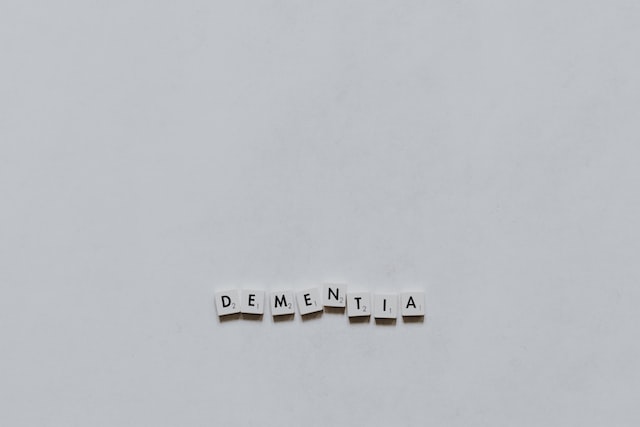**Therapeutic radiation exposure** and **accidental radiation exposure** differ fundamentally in their intent, control, dose, and outcomes, although both involve exposure to ionizing radiation.
Therapeutic radiation exposure is a deliberate, carefully planned medical procedure used primarily to treat diseases such as cancer. It involves delivering a precise, controlled dose of radiation targeted at diseased tissue, with the goal of destroying cancer cells or shrinking tumors while minimizing damage to surrounding healthy tissue. This exposure is administered under strict protocols by trained professionals using specialized equipment. The dose, timing, and location are meticulously calculated to maximize treatment effectiveness and minimize side effects. Patients undergoing therapeutic radiation are closely monitored for both immediate and long-term effects, and the treatment is adjusted as needed to balance efficacy with safety.
In contrast, accidental radiation exposure is unintentional and uncontrolled. It occurs due to unexpected events such as equipment malfunction, human error, industrial accidents, nuclear incidents, or improper handling of radioactive materials. Unlike therapeutic exposure, accidental exposure is not planned or targeted and often involves doses that are either too high or delivered to unintended areas of the body. This can lead to harmful biological effects ranging from mild symptoms like skin redness to severe radiation sickness or long-term health consequences such as cancer. Accidental exposures may be acute, occurring over a short time with high doses, or chronic, involving lower doses over longer periods. Because these exposures are unplanned, they often require emergency medical intervention and long-term monitoring.
Key differences include:
– **Purpose and Intent**: Therapeutic exposure is intentional and aimed at treatment; accidental exposure is unintended and often harmful.
– **Dose Control**: Therapeutic doses are carefully calculated and controlled; accidental doses can be unpredictable and sometimes exceed safe limits.
– **Targeting**: Therapeutic radiation is precisely targeted to diseased tissue; accidental exposure may affect unintended body parts or the whole body.
– **Safety Protocols**: Therapeutic exposure follows strict safety protocols and quality assurance measures; accidental exposure often results from protocol failures or unforeseen events.
– **Health Outcomes**: Therapeutic radiation aims to cure or control disease with manageable side effects; accidental exposure can cause acute radiation syndrome, tissue damage, or increase cancer risk without therapeutic benefit.
– **Monitoring and Management**: Therapeutic exposure involves planned follow-up and management of side effects; accidental exposure requires emergency response and may involve complex medical treatment for radiation injuries.
Understanding these differences is crucial for managing radiation use safely in medicine and responding effectively to radiation accidents. Therapeutic radiation harnesses the power of ionizing radiation for healing, while accidental exposure represents a risk that must be minimized through rigorous safety standards and preparedness.





